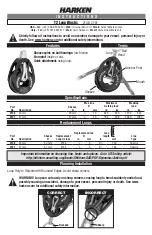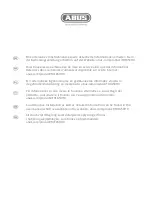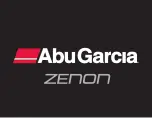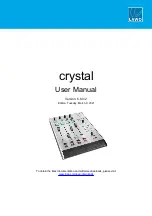
Chapter 4: Performance Features & Safety Precautions
Product Service 1-800-522-7658
21
Original instructions
Safety Precautions
Although the laboratory hood has been engineered to
maintain optimum operator safety, caution should always be
used while working in the hood. Prior to using the hood,
check to make sure that the exhaust blower is operating and
that air is entering the hood at its specified face velocity.
Bien que la hotte de laboratoire ait été réglée pour
maintenir la sécurité optimale de l’opérateur, la prudence
devrait toujours être utilisée en travaillant sous la hotte.
Avant utiliser la hotte, le contrôle pour s'assurer que la
soufflerie d'aspiration fonctionne et que cet air entre dans la
hotte au flux spécifié.
USE GOOD HOUSEKEEPING IN THE HOOD AT ALL
TIMES. CLEAN UP SPILLS IMMEDIATELY.
PERIODICALLY CLEAN HOOD INTERIOR, INCLUDING
LIGHT GLASS PANEL. REPLACE BURNED OUT LIGHT
BULBS TO MAINTAIN MAXIMUM ILLUMINATION.
DO NOT OVERLOAD THE WORK SURFACE WITH
APPARATUS OR WORK MATERIAL. THE SAFE
OPERATION OF THE LABORATORY HOOD IS BASED
UPON HAVING PROPER AIRFLOW THROUGH THE
STRUCTURE. DO NOT PLACE LARGE, BULKY OBJECTS
SUCH AS BLOCK HEATERS, DIRECTLY ON THE HOOD
WORK SURFACE. INSTEAD, ELEVATE THE OBJECT 2"
TO 3" ON BLOCKS TO ALLOW A FLOW OF AIR UNDER
THE OBJECT AND INTO THE LOWER REAR BAFFLE
EXHAUST SLOT. ENSURE BLOCKS ARE LEVEL AND
SECURED IN PLACE.
Blocking the bottom of the baffle at the rear of hood will
change the airflow pattern in the hood causing turbulence
and possible leakage at the face of the hood. (Don’t store
containers or supplies against the baffle, as this will affect
airflow through the hood).
Le blocage de la partie inférieure de la chicane à l'arrière du
capot va changer le modèle d'écoulement d'air dans la hotte
provoquant une turbulence et une fuite possible à la face du
capot. (Ne pas entreposer les contenants ou des fournitures
contre le déflecteur, car cela aura une incidence sur le débit
d'air à travers le capot).
!
!
















































